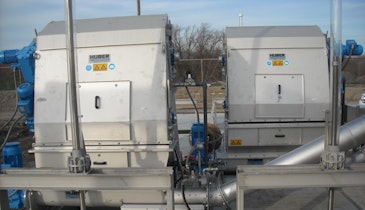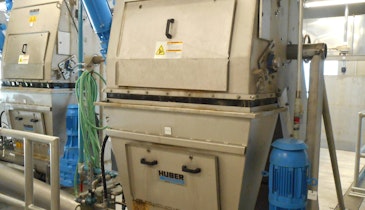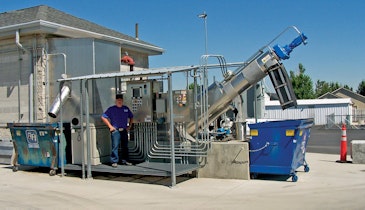
In the discussion about limited resources and energy saving in wastewater treatment plants, innovative sewage treatment methods are increasingly becoming a focal point.
In Germany, there are about 1,200 sewage treatment plants that are designed for 10,000 to 50,000 PE; about one-third of them have a sludge digester. Thus, there is a potential of about 800 sewage treatment plants that remain for a change from aerobic sludge stabilization to processes with anaerobic sludge stabilization. Until some years ago sludge digestion was found almost exclusively on very large wastewater treatment plants (design size 50,000 PE or larger). For wastewater treatment plants of a design size smaller than 20,000 PE, aerobic sludge stabilization was much more cost-effective in terms of economic efficiency.
Due to rising prices for electricity and heat and the ever-increasing costs for sludge disposal, sludge digestion is becoming interesting even for wastewater treatment plants from design size 10,000 PE on.
For the process changeover from aerobic to anaerobic sludge stabilization, fine screening systems represent a highly interesting alternative to primary settling tanks as fine screening achieves better removal rates than a conventional primary settling tank but on a much smaller footprint and with significantly lower investment costs.
To learn more, download the white paper from Huber Technology.
Download White PaperVisit the HUBER Technology, Inc. Storefront





